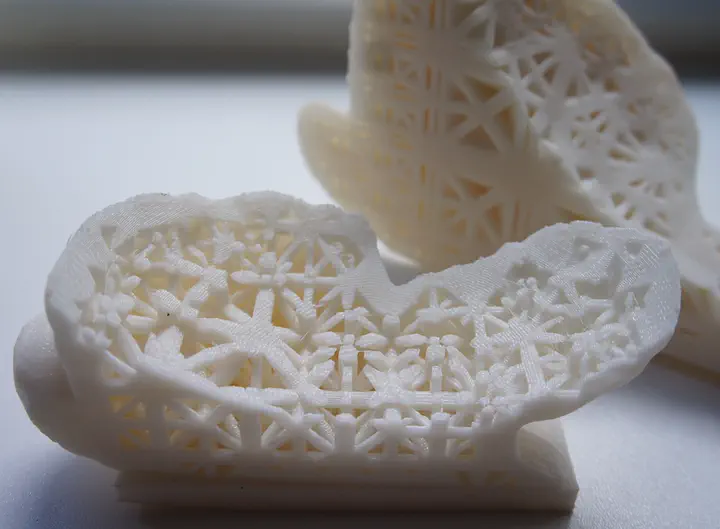
Abstract
Digital fabrication technologies are becoming of importance to a number of knowledge areas and sectors, including medicine, entertainment, design, engineering, education, arts and architecture, due to their accessibility and versatility. These technolo- gies are changing the design of digital models, materials and manufacturing processes which enable to build previously un- achievable physical objects. Since many constraints imposed on the design of objects have changed significantly, a growing research community is working on graphical tools and techniques to enable the conception, automation, production and usage of innovative and complex designs for fabrication. In the present work, we survey the state of the art of computer graphics contributions to functional fabrication design tools and techniques. By functional fabrication we understand the design and manufacture of physical objects which functionalities exploit the capabilities of digital fabrication technologies. These func- tionalities include improving the mechanics of a workpiece, producing articulated models, capturing aerodynamics, planning deformable workpieces and controlling the object’s appearance and acoustics. The resulting design tools are clearly taking advantage of relevant computer graphics techniques. Furthermore, they are extending these techniques to realise new physical forms as well as bringing innovation to feed into the design space.